Crafting Captivating Stories Through Contrast
In the world of photography, the concept of juxtaposition is a potent tool. It involves strategically placing contrasting elements side by side within a composition, creating visual or conceptual contrasts.
This technique not only captures attention but also adds depth and layers to your photographs, encouraging viewers to engage on a deeper level. Here, we’ll delve into the significance of juxtaposition in photography and provide a practical guide on how to master this art.

Powered by a Pigeon!
Taken about 3 weeks ago on our trip up north – at a birdpark in Queensland near a small town called Childers. Nature vs man-made tractor, or soft against hard, or who’s driving this thing and where is the engine?
When I noticed this pigeon roosting in the engine compartment of an old Aussie tractor with that backlight I knew that I had an interesting shot – so I repositioned myself and waited until the pigeon had it’s head up and then took the shot. 150mm lens at 1/1000sec shutter speed because I was shooting birds that move really fast, aperture and ISO in auto – aperture f/5.6 and ISO 1250. Used de-noise in Lightroom and cropped to place the bird off centre. What do you think? Brent
The Significance of Juxtaposition
Juxtaposition in photography offers several benefits:
Captivate Your Audience: By using juxtaposition, you can create visually striking images that immediately capture your viewers’ attention.
Storytelling Tool: It goes beyond aesthetics; it’s a tool for storytelling. Juxtaposition enables you to convey narratives, highlight themes, and express concepts within your photographs.
Boost Creativity: Learning juxtaposition enhances your creative thinking and compositional skills. It pushes you to look beyond the obvious and discover unique combinations of elements.
Define Your Style: Understanding juxtaposition contributes to the development of your artistic style. It opens up new possibilities for self-expression, enabling you to create a unique visual language in your photography.
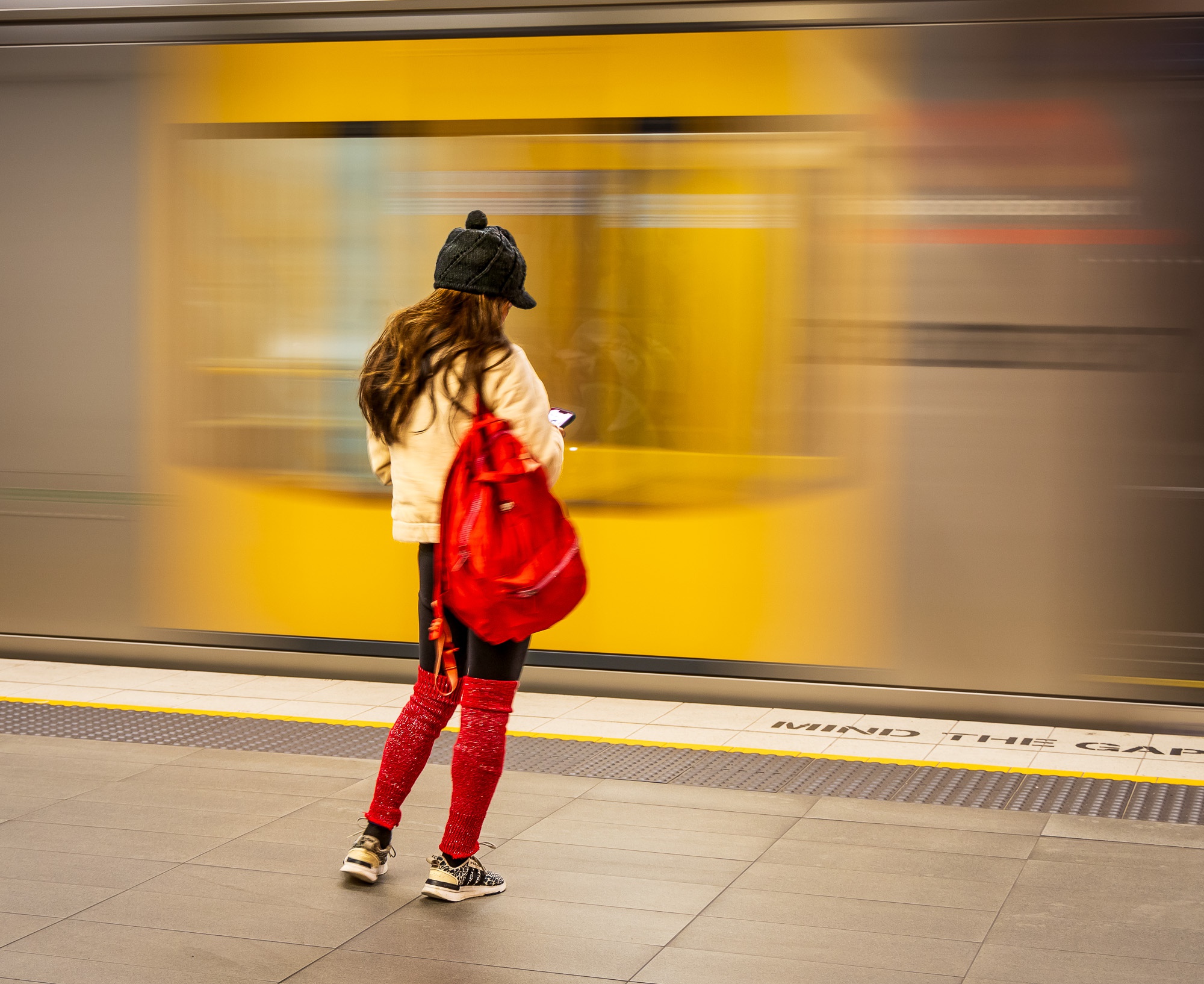
Underground Rush
Underground train station in Sydney – still vs moving for juxtaposition (or single person vs what we’d normally expect to be a lot of people waiting). Trying my hand at street photography and noticed this girl waiting for her train to arrive so I photographed her with the train pulling up at a very slow shutter speed 1/6 sec – camera balanced on my camera bag for stability.
What caught my eye were the colours in this shot as normally in the middle of winter in downtown Sydney you’d expect darker colour and business clothing – maybe another juxtaposition. The reds against the yellow blurred train door really stood out to me. Cropped in to remove all other distractions. What do you think? Brent
Here’s a step-by-step guide on how to effectively use juxtaposition in your photography:
To effectively use juxtaposition in your photography:
- Understand the Concept: Study juxtaposition in photography to grasp how it can create visual impact and convey meaning.
- Identify Contrasting Elements: Look for differences in size, shape, color, texture, or subject matter that can create compelling contrasts.
- Plan Your Composition: Consider how you want to position the contrasting elements within the frame. Experiment with angles and perspectives.
- Seek Uncommon Combinations: Avoid clichés and aim for unique and thought-provoking pairings that challenge expectations.
- Emphasize Contrast: Utilize techniques like depth of field, lighting, or color to enhance the visual contrast between elements.
- Tell a Story: Think about the narrative or message you want to convey through your juxtaposition. Ensure the elements work together to communicate your story.
- Experiment and Reflect: Don’t be afraid to experiment with different combinations and settings. Reflect on your results, adjust your approach, and refine your composition.
- Study and Learn: Analyze the work of renowned photographers who excel in using juxtaposition. Apply their insights to your own photography.
- Practice and Iterate: Juxtaposition is a skill that improves with practice. Keep exploring new subjects, experimenting with compositions, and refining your technique.
In conclusion, learning and mastering juxtaposition in photography is a journey that enhances your creative skills, storytelling abilities, and unique style. It’s an essential technique that adds depth and meaning to your photographs, captivating your audience and leaving a lasting impression.
So, grab your camera, embrace experimentation, and unveil parallel worlds within your frames through the art of juxtaposition.
Photo BootCamp Magazine
Let’s take a look at the creative use of juxtaposition by our BootCamp members.
And be sure to check out how you can join BootCamp at the end of the magazine!
Below is a small sample of what’s in this magazine…
Join The Fastest, ‘Funnest’ Way To Improve Your Photography!
- Discover exciting new skills
- Rekindle your passion for taking photos
- Improve fast with helpful feedback
- Experience enjoyment and progress
Inside BootCamp Magazine
Featured Artist
Let’s take a look at this month’s magazine. Here is our featured artist of the month, Sig Rannem, from Canada.
Fighting like cat and dog? No, not this pair! In fact, they sometimes groom each other and this time it was the dog’s turn to get the spa treatment.
Comment: Peter Brody – “Sig, the monochrome look except for the cat’s tongue makes the photo that much more impressive. Very creative and serene. Purr-fect!.”
Cover Image
This month’s featured magazine cover image is from Steve Darnell, from the United States.
Another example of life finding a way, a theme several others have used for this challenge.
Comment: Kerri Clarke – “WOW!! You have captured such beautiful detail in this little guy. Love your composition, beautiful background, the lighting and colours are just superb. Thank you for sharing the lighting details.. I must give the in-camera flash a go. An outstanding image!”
Active Members
Let’s explore some incredible images crafted by our BootCamp members with juxtaposition.
We’ll start with Dave Koh from Singapore. He is using an old shot from an earlier boot camp challenge for his submission. He retained the green apple and converted the background by reducing the color saturation and the apple still looks fresh.
Comment: James Herrick – “Excellent composition Dave! It’s the green colour that makes the shot stand out for me. I don’t think it would work as well with a redder apple.”
Next, we have Rohn Shearer from the United States. He was at one of the largest airshows in the world a couple weeks ago, & found many examples of juxtaposition, with a mix of old & new airplanes. A difficult part of shooting was that with the haze from wildfires in Canada, the sky was much in most of the pictures. He’s sure a polarizing filter might have helped, but he doesn’t have a large enough one for his long zoom. How does everyone feel about sky replacement? He tried it, & like it better. He’d be happy to post the original if replacement isn’t allowed here.
Comment: Laura Griffiths – “Hi Ron, I’m interested to know how you shot this. Were you in the foreground plane? It’s such a good angle with that jet coming in from above. I like your sky, nothing wrong with a sky replacement in general – don’t know if Brent has a rule about this. I think they can be quite fun at times. And in the circumstances under which you were operating, I’m sure you saved the image by adding a good sky. Well done!”
Nick Ellis from Australia is next. She hasn’t had much of a chance to play with a camera recently so a
re-examination of a few photos he took for BootCamp a while ago. Samsung phone.
Comment: James Herrick – “Great shot Nick! I’ve done something similar with fewer peppers, but this is much more striking and draws the eye instantly.”
Then we have Romy Villanueva from the Philippines. Golden hour in a stormy afternoon. Took this photo just before the workers harvested the sugarcane in front of his house.
Comment: Peter Brody – “Romy, that is one wicked-looking sky! I hope no one was hurt harvesting the sugarcane”
And next we have Keri Down from Australia. She has chosen this particular photo because the story is beautiful. Wrong settings but here goes. Grandad (her partner) is a mechanic and is just recovering from carpel tunnel surgery on both hands. The little fella (grandson 11 years old) decided to come and help him for a couple of days in his shop during the school holidays. This was taken at the end of the first day and the little fella was as dirty as Grandad but she hope this fits the brief showing young and old. There is 50 years between them.
Comment: Richard Hutson – “Keri, this is an excellent fine-art photograph, and the juxtaposition of the young and old hands joined in the bond of doing the same work is a moving story … there is nothing wrong with the settings.”
And next, we have Andrew Robinson from Australia. This is a tough one this month, He thinks this qualifies, Large and Small, Old and New.
Comment: Ron du Bois – “Like this one better Andrew. The more distant view draws my eye to the centre. The old/new building comparison makes me think of Gulliver landing in Lilliput.”
And finally, we have Peter Brody from the United States. This photo was taken on a side street in Moscow. What caught my eye was the illusion of the woman in the mural feeding the pigeons. He was amazed at how the birds flocked to this Pied Piper and lined up for the food that miraculously appeared on the ground. Even the mural implied she was a bird whisperer.
Summary
- Understand the concept and study examples.
- Identify contrasting elements.
- Plan your composition and framing.
- Seek uncommon combinations for unique pairings.
- Emphasize contrast through techniques like lighting or color.
- Convey a narrative or message through the juxtaposition.
- Experiment, iterate, and refine your composition.
- Reflect on your results and learn from them.
- Study the work of other photographers for inspiration.
- Practice, practice, practice to improve your skills.
Related Articles
Did you enjoy this article? Check out these related articles, too:
- Architecture Photography Tips
Learn how to capture beautiful lines, light and form. - Starburst Effect: Add a Little Magic to Your Images
Learn how to easily create the starburst (sunburst) effect - Exploring A Magical World With Macro Photography
Macro Photography: Learn how to make your images more artistic.
Do This Now
Please leave me a comment below – I’d love to know what you think. Brent


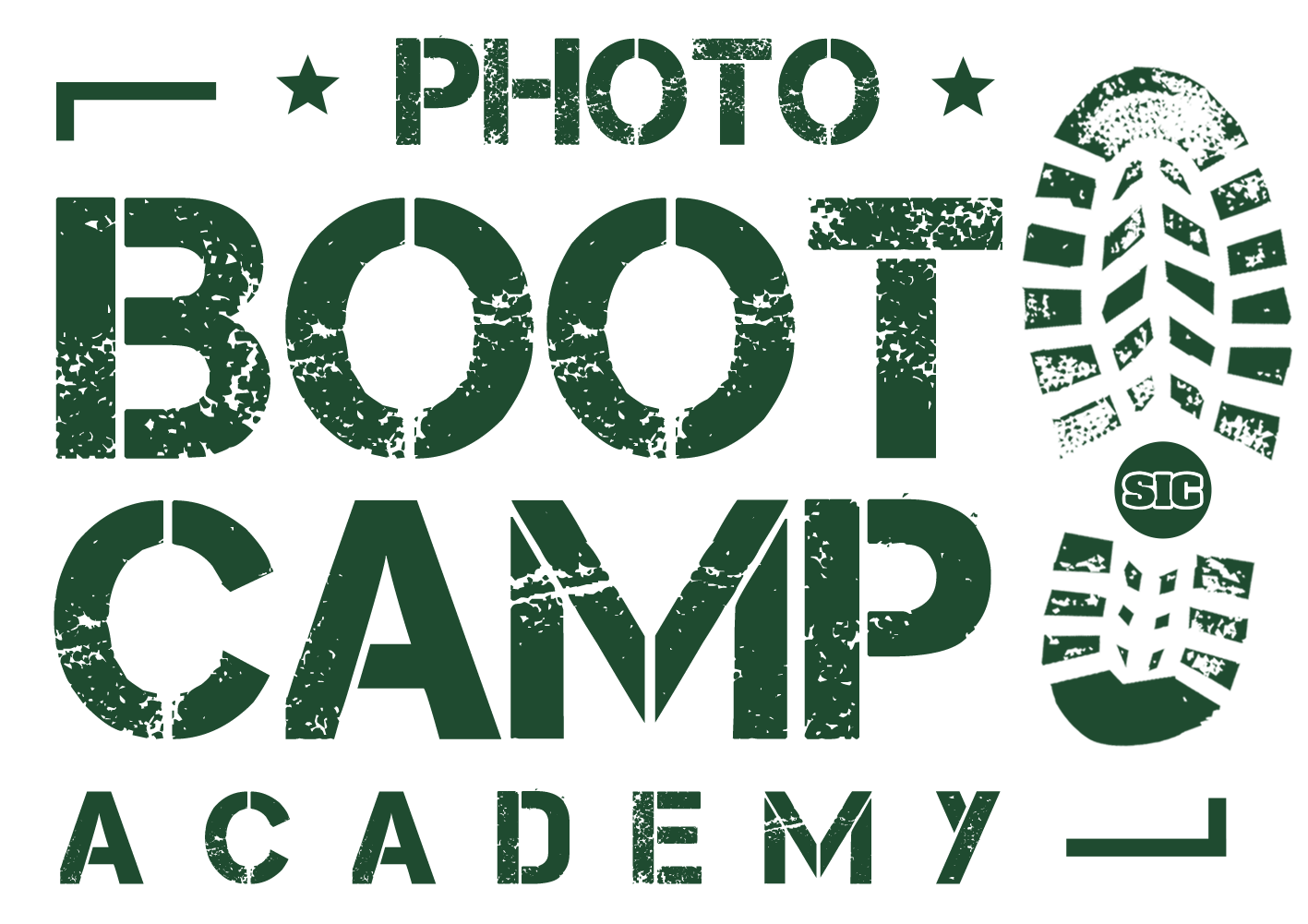
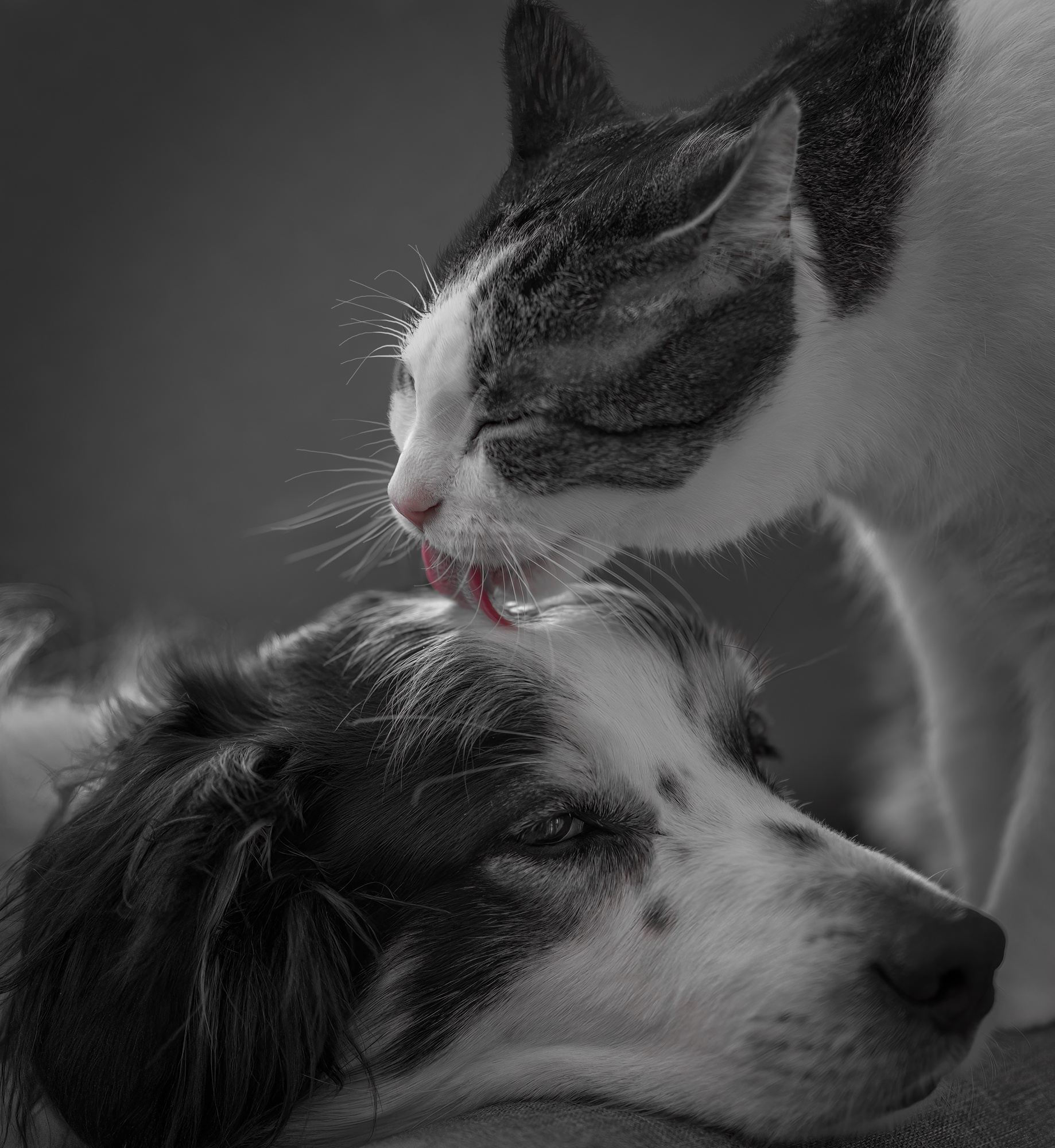
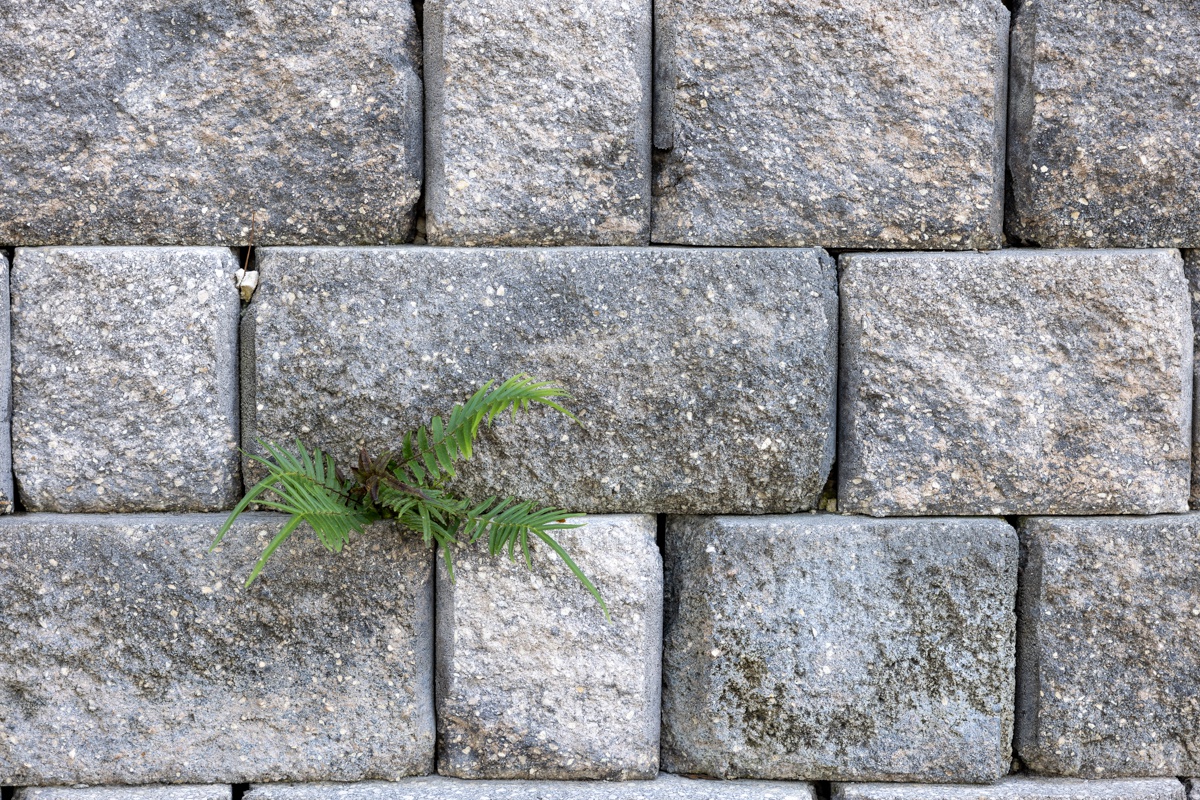
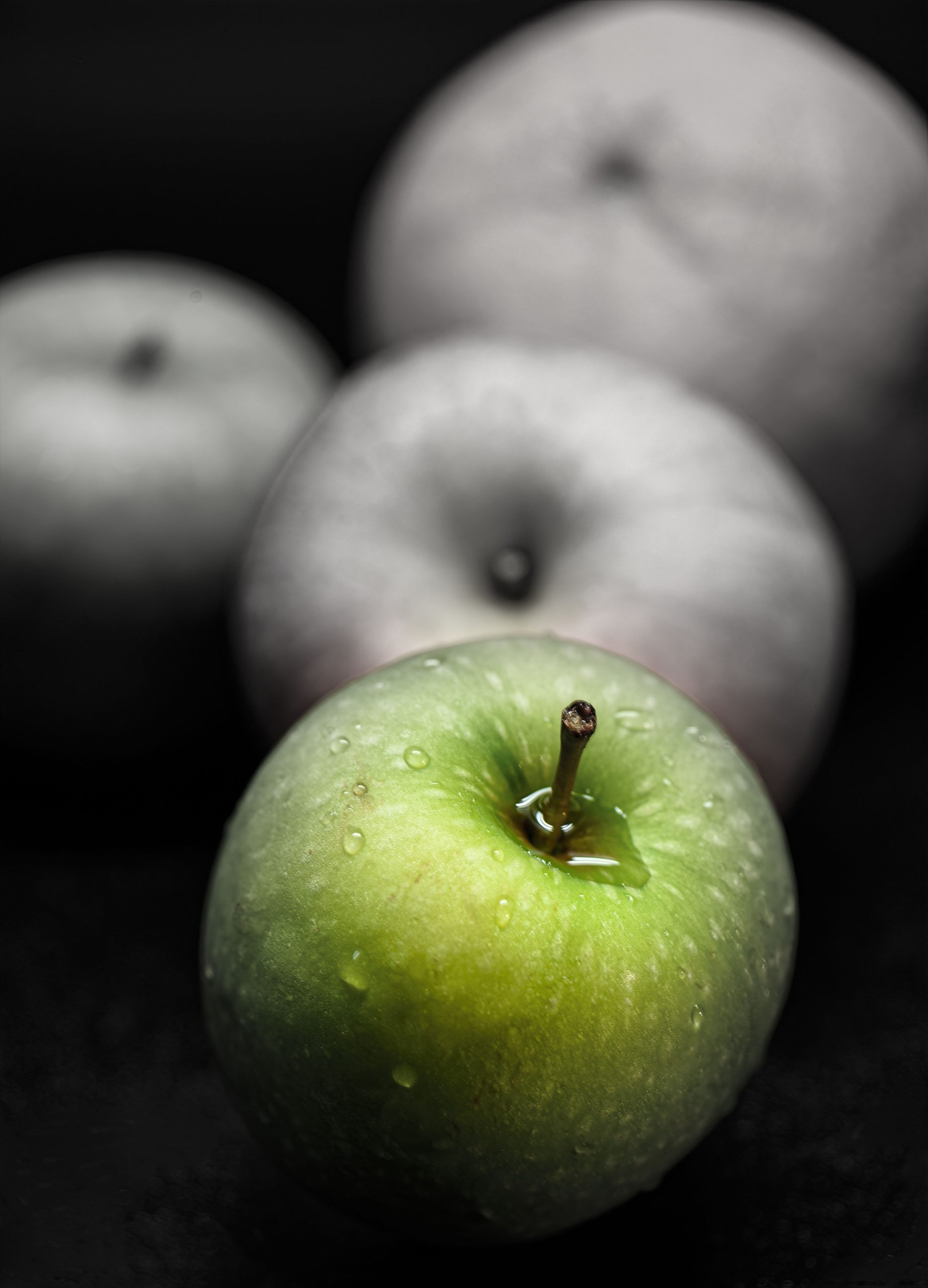
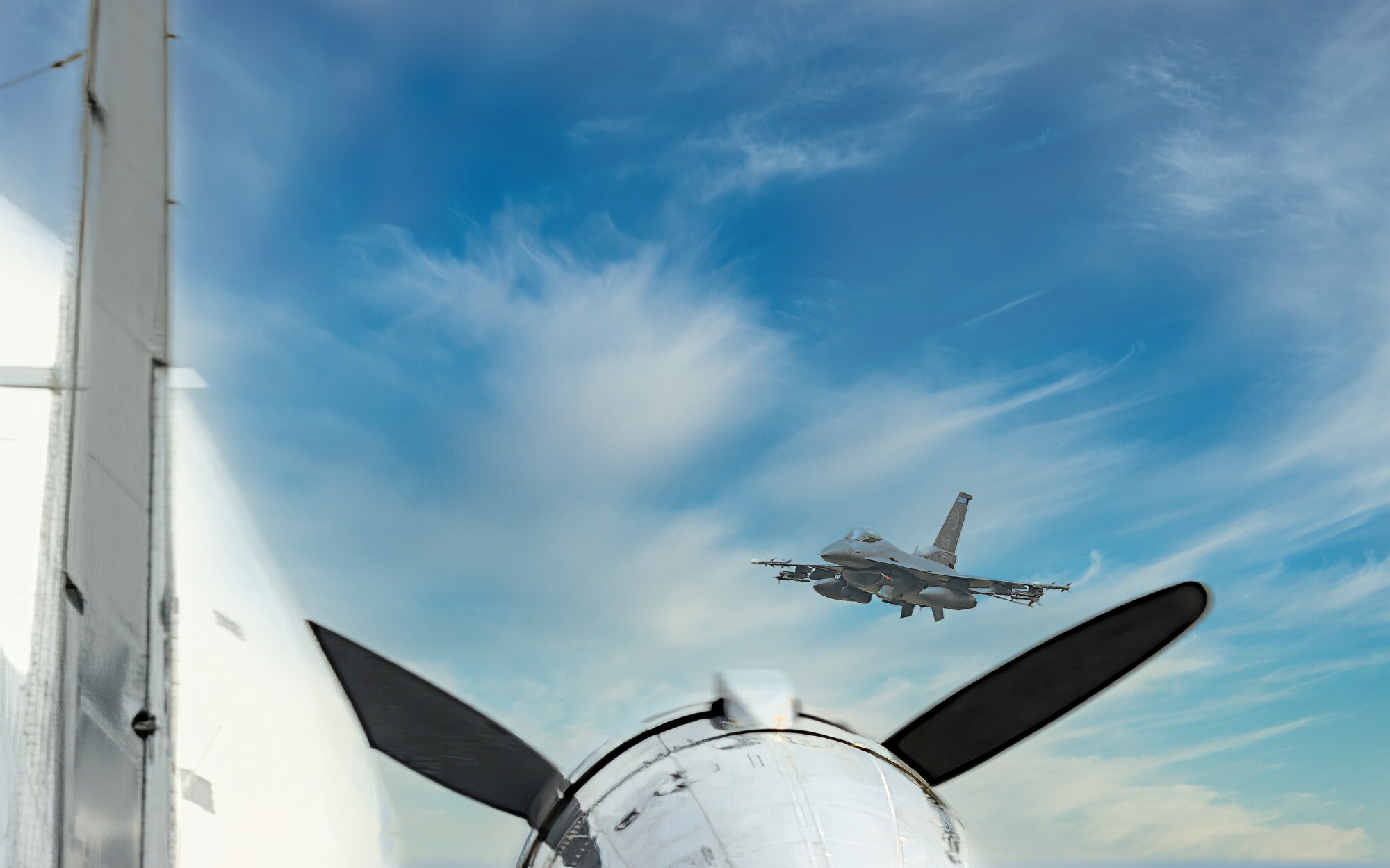
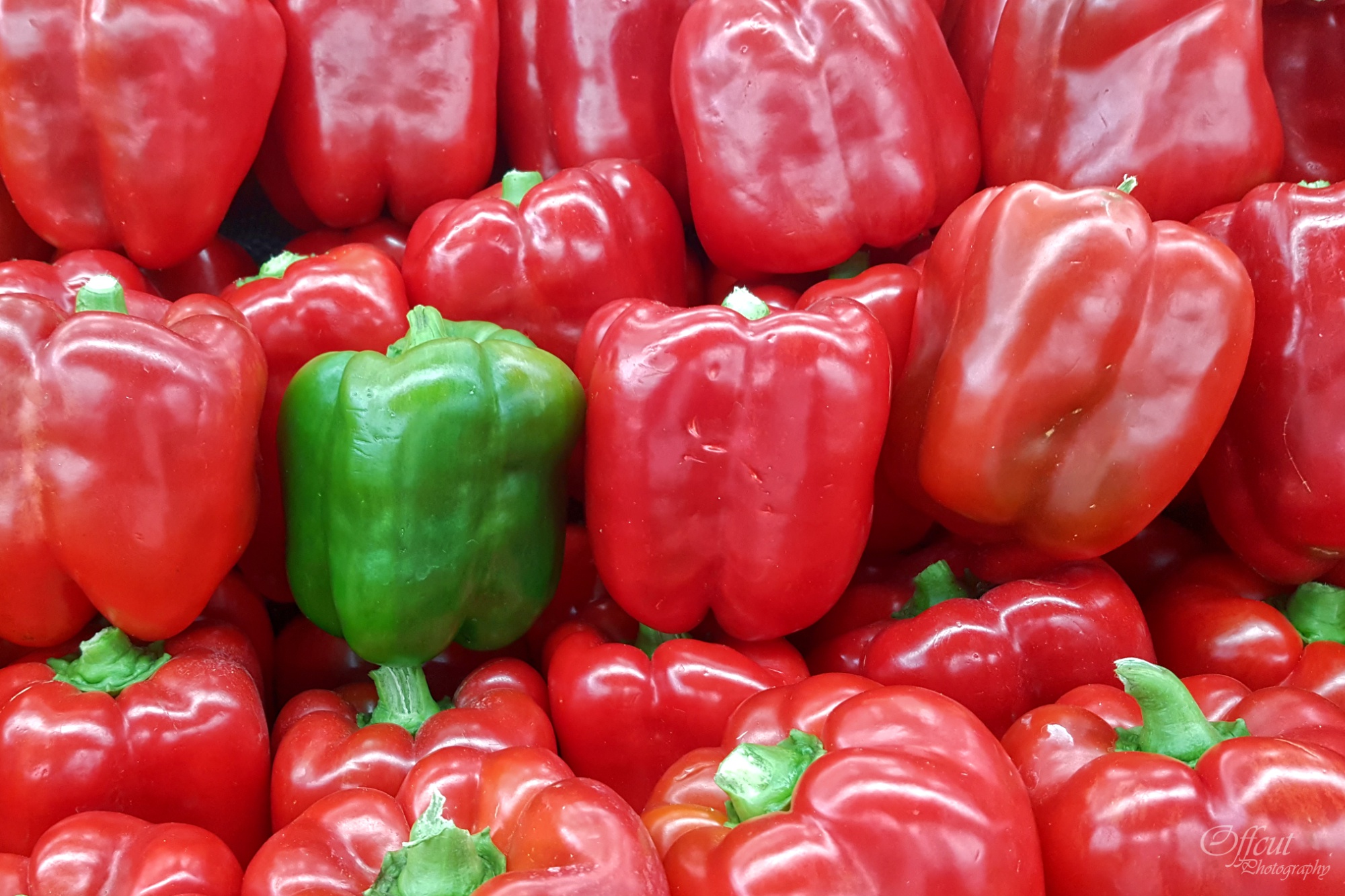

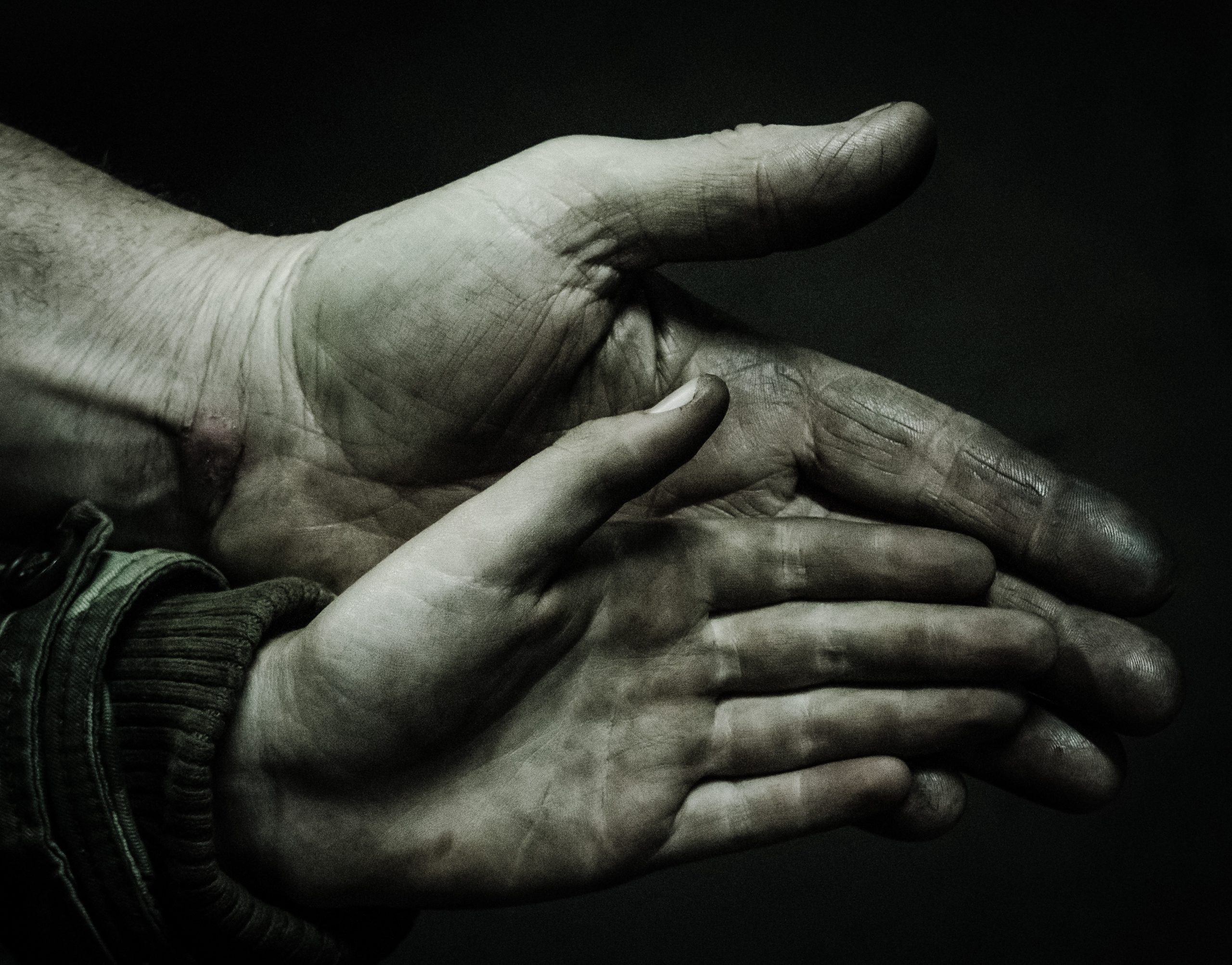
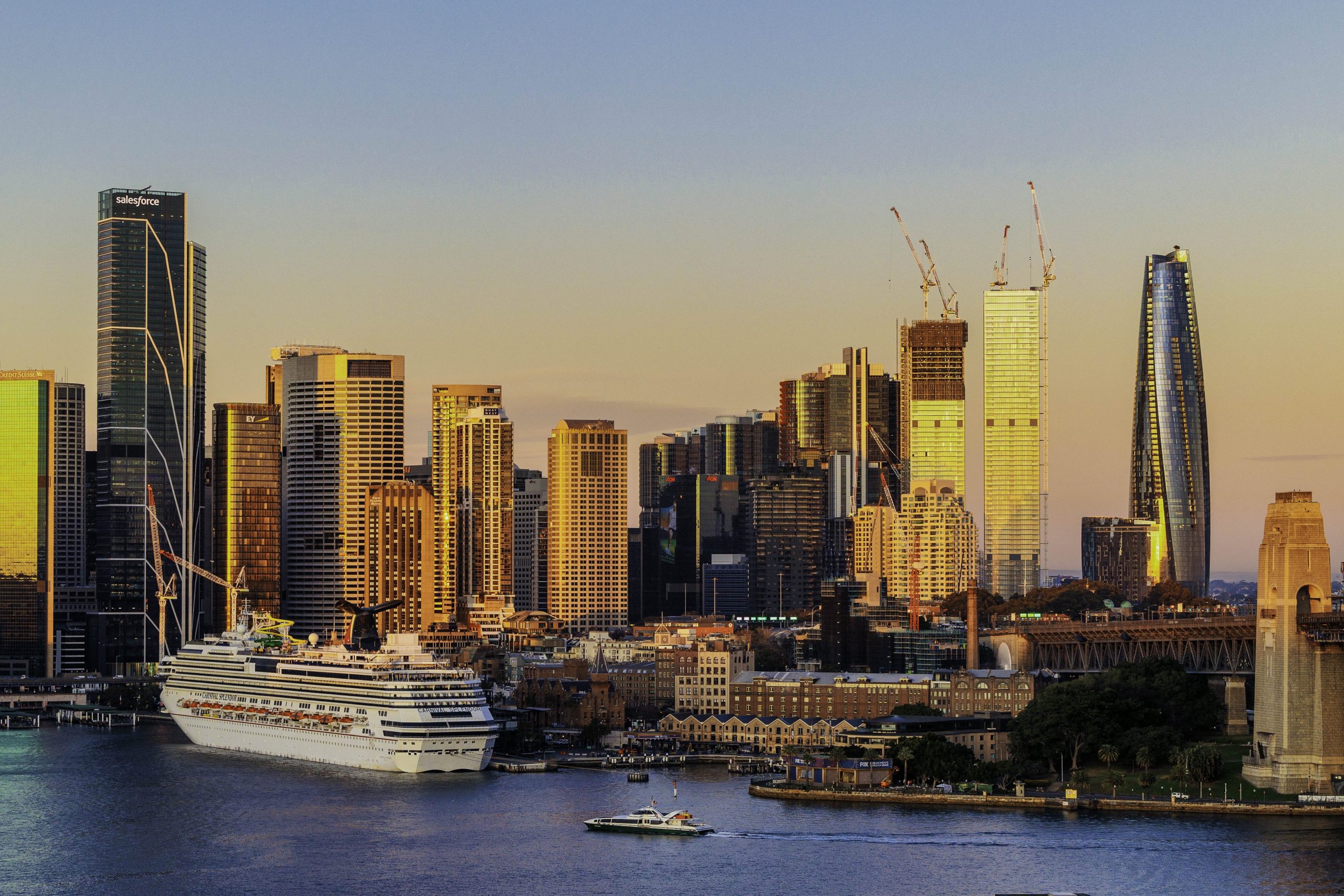

This months theme helped me to create one of my favourite photos of all time. It was a challenge because although juxtaposition is everywhere, when it is the focus it really gets you thinking out of the box.
And it’s a beautiful image with soul. Well done. Brent
Thanks Keri
Well done Sig for being the featured artist – and Steve for your clever cover shot. Brent